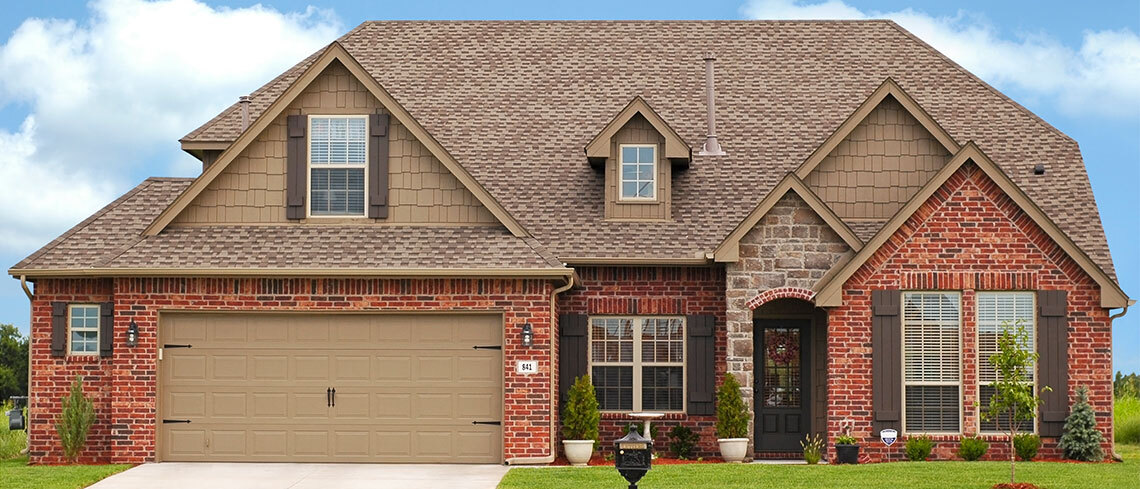By Robert Isler
Source: nkba.org, October 2020
Never Too Young for a Facelift
An increasing number of homes under 20 years old are being renovated, as undesirable features become more noticeable.
It has always been a given that homes built 40 or more years ago are the most likely to generate a kitchen or bath makeover due to obsolescence or simple wear-and-tear. But apparently, COVID-19 has changed this dynamic.
The September update of the NKBA 2020 Kitchen & Bath Market Outlook reveals that a higher percentage of kitchen and bath remodels occurred in homes under 20 years of age than in those over age 40 in the second quarter. Specifically, 42% of remodels for each of those rooms were in newer homes, compared to just 35% for kitchens and 33% for baths in homes age 40+. With so many households now having at least one family member working at home due to the pandemic, design flaws and questionable styles are receiving much heavier scrutiny.
42% of kitchen and bath remodels were in newer homes, compared to just 35% for kitchens and 33% for baths in homes age 40+.
The study says cabinets and plumbing fixtures are the first items to fall victim to obsolete styles, followed by faucets. By the time each of these installs are 15 to 20 years old, 80% of them look dated. Given the heightened period of housing starts in the mid-2000’s, there are plenty of homes at the 15+ year mark, so K&B remodels are expected to strengthen in coming years.
As for specific reasons homeowners remodeled in Q2, five stood out, each cited by more than 12% of respondents. Topping the list at 20% was “To replace worn out features.” This was followed by “To repair damage” and “To update my home’s replace design,” at 15% and 14% apiece. Rounding out the top five were “To increase my home’s value” and “To add luxury to my home,” at 13% apiece.
Historically, the top obstacles that homeowners face as they consider a remodel are choosing the right materials or products (26%), obtaining project funding and finding time to complete the project (20% each), finding the right people to do the job (12%), and dealing with unexpected problems related to the job (10%). Some of these reasons came into play for delayed or cancelled Q2 projects, but others were unique. The pandemic and all its implications was by far the top reason, cited by 55% of respondents. Rounding out the list were project budgetary concerns (34%), bad timing unrelated to the pandemic (20%), dealing with unexpected problems both related and unrelated to the project (12% apiece) and redirecting plans to focus on another part of the home, also at 12%.
For more information or to purchase the full report, click here.

